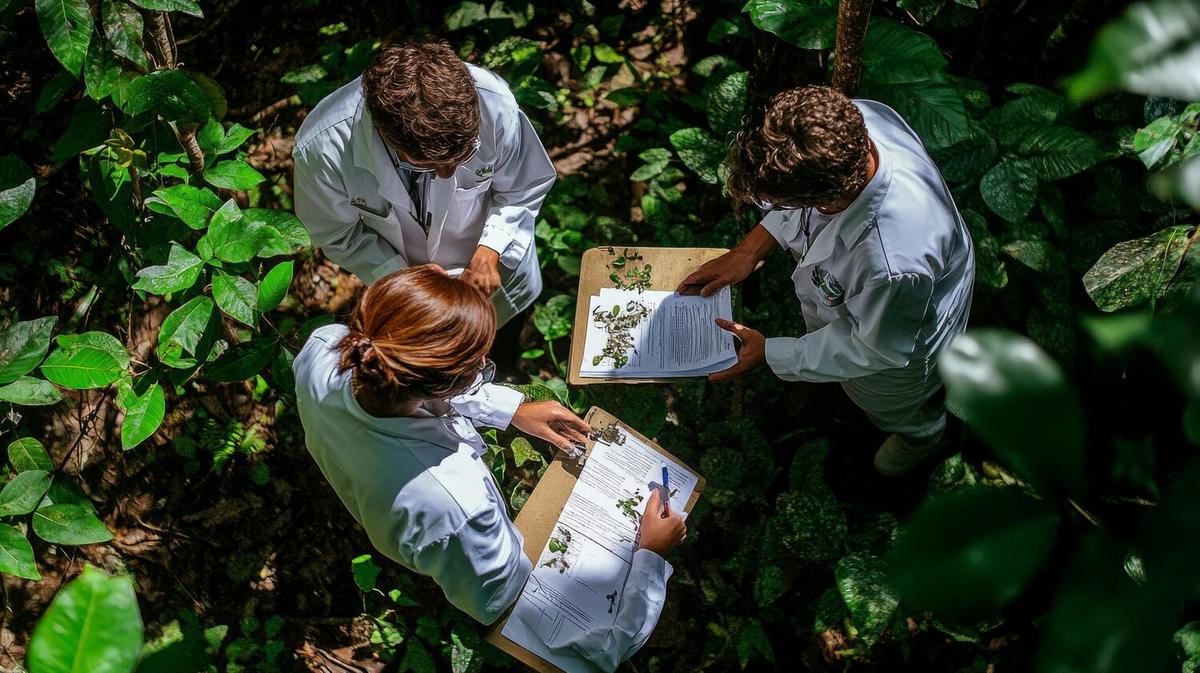Global Initiatives to Combat Deforestation and Habitat Loss
As the world becomes increasingly aware of the urgent need to preserve our natural environment, global initiatives to combat deforestation and habitat loss are gaining momentum. These efforts are not just about saving trees but are crucial for maintaining biodiversity and ensuring the health of our planet.

As the world becomes increasingly aware of the urgent need to preserve our natural environment, global initiatives to combat deforestation and habitat loss are gaining momentum. These efforts are not just about saving trees but are crucial for maintaining biodiversity and ensuring the health of our planet.
Understanding Deforestation and Habitat Loss
Deforestation refers to the large-scale removal of forests, often resulting in significant environmental damage. Habitat loss, on the other hand, encompasses the destruction or degradation of areas where wildlife live, leading to biodiversity declines. According to the World Wildlife Fund, approximately 18 million acres of forest are lost each year, contributing to about 15% of global greenhouse gas emissions.
Expert Insights and Opinions
Dr. William Laurance, a prominent environmental researcher, emphasizes that “deforestation is not only a local problem but a global crisis that requires international cooperation and swift action.” His research highlights the interconnected nature of ecosystems, where the loss of one species can have ripple effects throughout the environment.
Statistics and Research Findings
| Region | Annual Forest Loss (hectares) | Key Drivers |
|---|---|---|
| Amazon | 1.3 million | Agriculture, logging |
| Southeast Asia | 2.5 million | Palm oil plantations |
| Central Africa | 1.8 million | Charcoal production |
| North America | 0.3 million | Urban expansion |
| Europe | 0.2 million | Infrastructure development |
| Australia | 0.4 million | Fires, agriculture |
| Russia | 2.2 million | Logging |
| India | 0.5 million | Industrial development |
Personal Stories and Anecdotes
Take, for instance, the story of a small village in Brazil where local communities have banded together to plant trees and protect native species. This grassroots effort has not only revitalized the local ecosystem but also provided sustainable livelihoods for the village inhabitants.
Actionable Tips to Contribute
- Support organizations working on reforestation projects.
- Reduce paper and wood consumption by opting for recycled products.
- Raise awareness about the importance of forests in your community.
- Advocate for policies that protect natural habitats.
Resources for Further Exploration
For those interested in learning more about global efforts, the United Nations Sustainable Development Goals provide a comprehensive framework. Additionally, organizations like the Rainforest Alliance offer resources and ways to get involved.
FAQ
How can individuals help combat deforestation?
Individuals can help by supporting conservation organizations, reducing paper use, and spreading awareness.
What are the main causes of habitat loss?
The main causes include agriculture expansion, logging, urban development, and climate change.
Are there successful reforestation projects?
Yes, many regions have seen success with reforestation, such as the “Great Green Wall” in Africa.
Conclusion
In summary, combating deforestation and habitat loss requires a collaborative effort from global to local levels. By understanding the issues, supporting initiatives, and making conscious choices, we can all contribute to preserving our planet’s biodiversity for future generations.